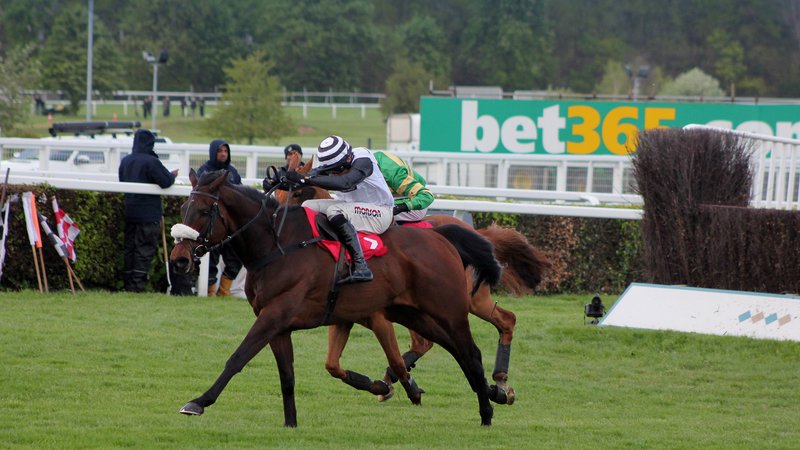Cheltenham Betting Guide 2025 - Part 2

- theturtle
- 1 Mar 2025
Tactical Approaches to Cheltenham Betting
As we move closer to the Cheltenham Festival, it's time to refine our betting strategies with a tactical approach that goes beyond the basics. While Part 1 focused on the fundamentals, this guide shifts attention to deeper insights, market trends, and the subtle factors that can make the difference between a winning and losing bet.
1. Mastering the Handicaps
Handicap races at Cheltenham are notoriously difficult to crack but offer some of the best betting opportunities if approached correctly.
Finding Well-Handicapped Runners
- Look for unexposed horses who have been campaigned over the wrong trip or ground conditions leading up to Cheltenham, as they may be hiding their true ability.
- Irish-trained handicappers have outperformed British runners in recent years—closely analyse their form.




Pay Attention to Course Form
- Cheltenham’s undulating nature means horses with previous Festival experience or strong form at the course tend to outperform those tackling it for the first time.

2. Market Moves & Early Pricing Strategies
Bookmakers often adjust odds based on betting patterns rather than horse ability. Learning how to interpret market movements can give punters a valuable edge.
When to Place Bets
- Ante-post bets (weeks in advance) offer better odds but carry the risk of a non-runner—look for Non-Runner No Bet (NRNB) offers.
- Day-of-race bets give more certainty regarding conditions, jockey bookings, and market confidence but at shorter odds.
Identifying Smart Money
- Watch for significant overnight price cuts, as these can indicate stable confidence.
- Avoid blindly following hyped horses, particularly those with media buzz but little substance in their form.
3. Adapting to Conditions & Pace Bias
Cheltenham’s going (ground conditions) has a massive impact on results. Heavy ground favours stamina-laden horses, while good ground suits speedier types.
Reading the Weather
- Study the rain forecast—softening ground can turn races into a stamina test.
- Drying conditions can favour front-runners, as the surface becomes firmer and harder to make up ground from behind.
Pace Analysis
- Races with multiple front-runners tend to set up for closers, while tactical affairs favour prominent racers.
- Horses used to flat tracks often struggle with Cheltenham’s stiff uphill finish, so lean towards those with form at similar demanding tracks.
4. Race-Specific Strategies
Each race type presents different challenges—here’s how to approach some of the biggest races:
Arkle Novices' Chase
- Speed is crucial—previously top-class hurdlers transitioning to fences often do well.
Champion Hurdle
- Past winners or horses who finished in the top 3 in the previous year have an excellent record.
Cheltenham Gold Cup
- Stamina is paramount—horses who have proven form over 3m+ in Grade 1 company tend to dominate.
Big-Field Handicaps
- Look for unexposed horses who have been laid out for the race rather than over-raced earlier in the season.
5. Bankroll Management & Staking Strategies
Even the best insights mean little without solid bankroll discipline. Cheltenham is a week-long festival, and proper staking can ensure you stay in the game.
Pro Staking Plan
- 1-2% of total bankroll per bet to protect against variance.
- Win-only bets in small-field races and each-way betting in big-field handicaps.
- Avoid chasing losses—stick to your planned bets rather than reacting emotionally.
Conclusion
Cheltenham betting requires a methodical approach. By understanding handicap tactics, analysing market moves, adapting to conditions, and managing your bankroll effectively, you can turn the festival into a profitable experience. Keep refining your strategies as the festival unfolds and be ready to adjust based on live conditions.
For daily expert race previews and betting insights, visit BetTurtle.com.





